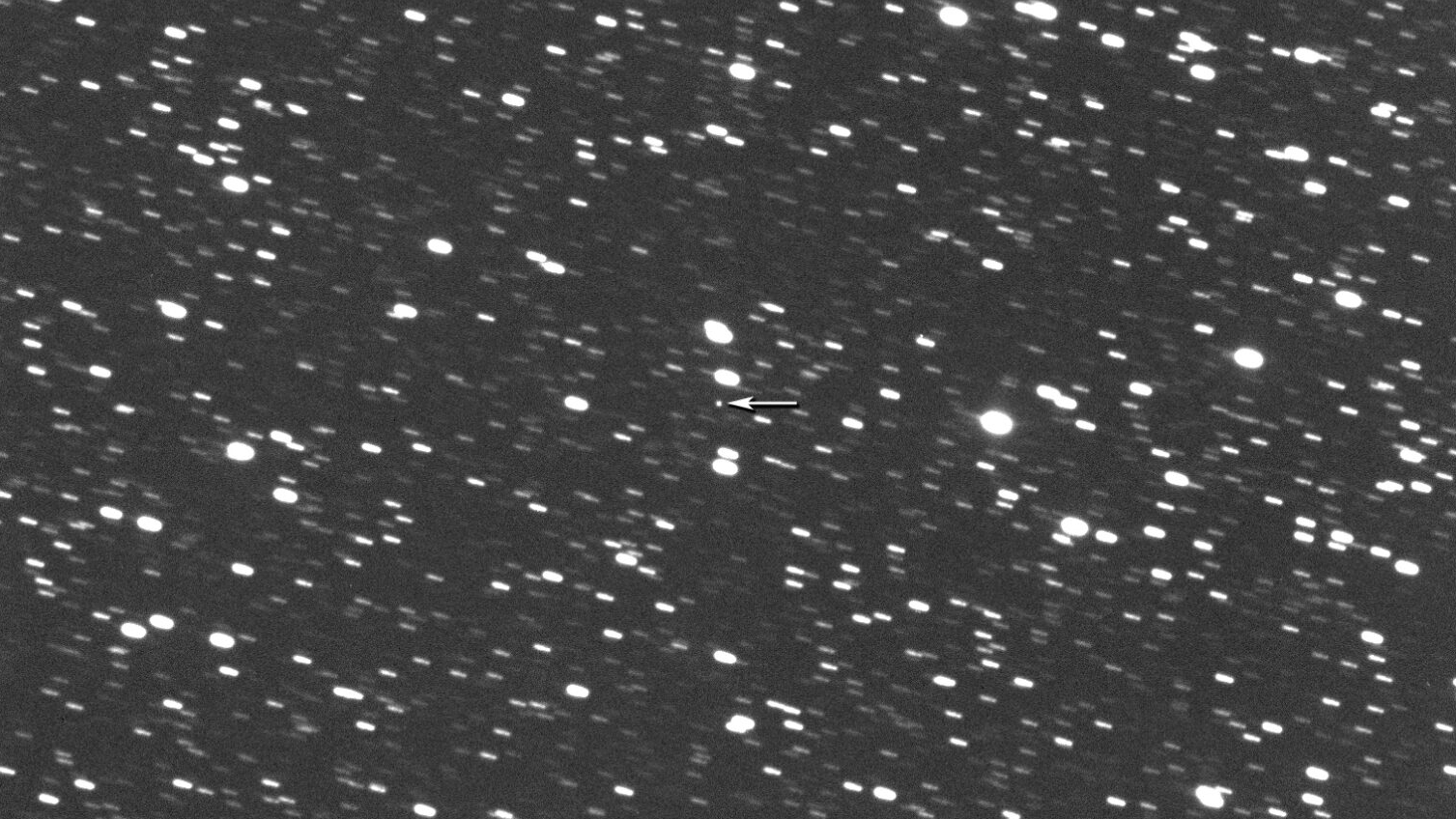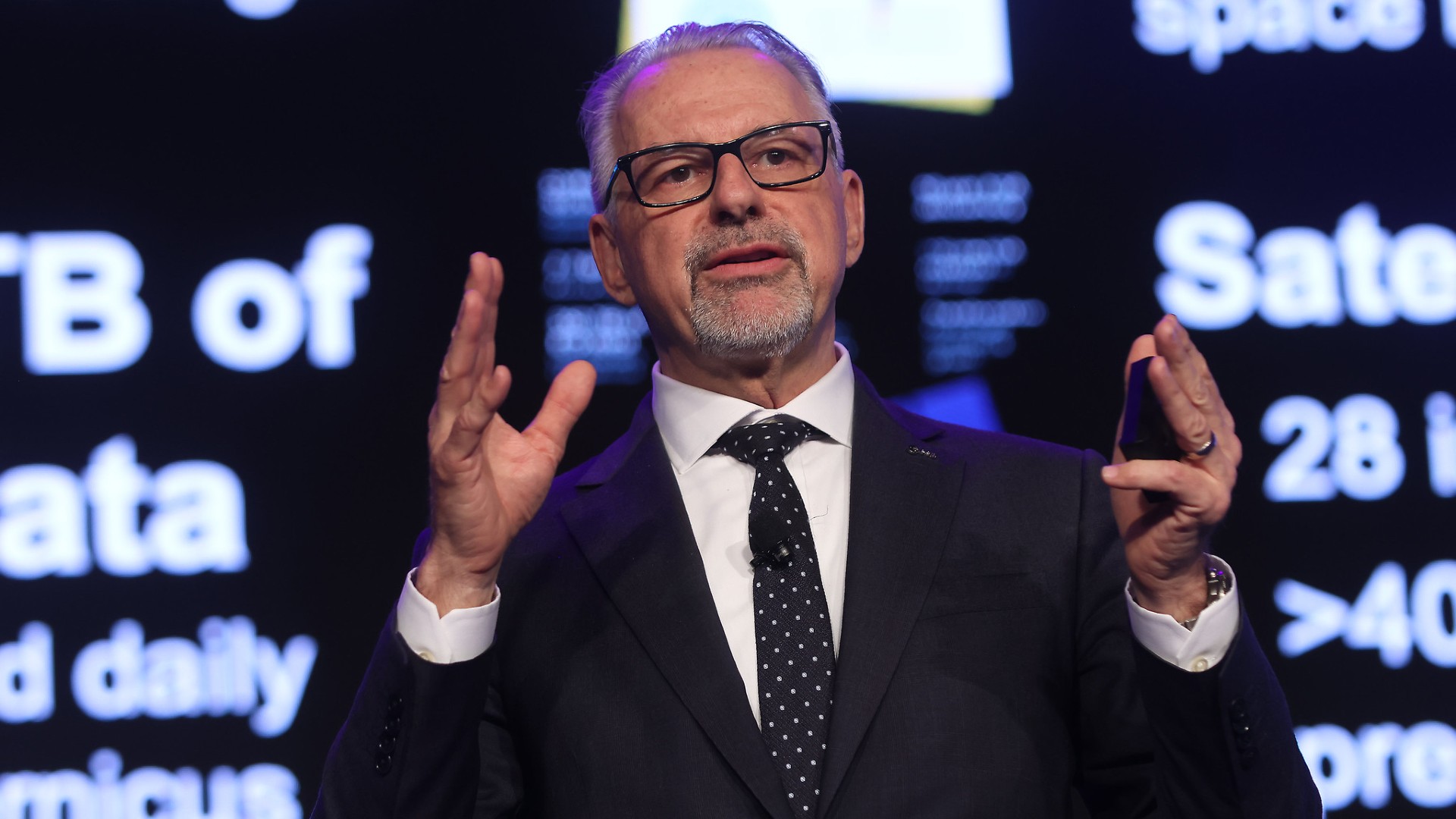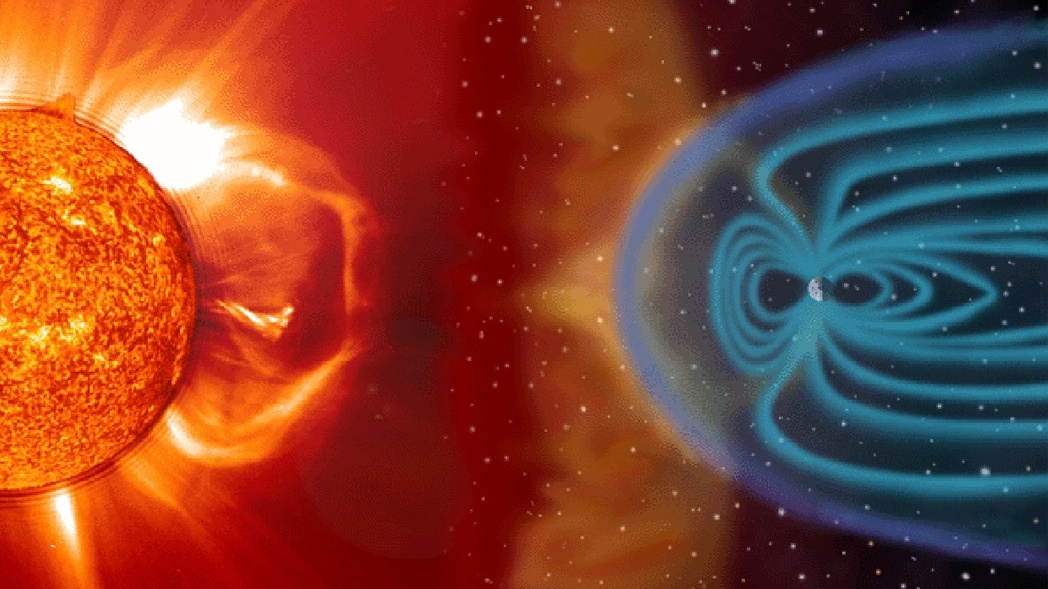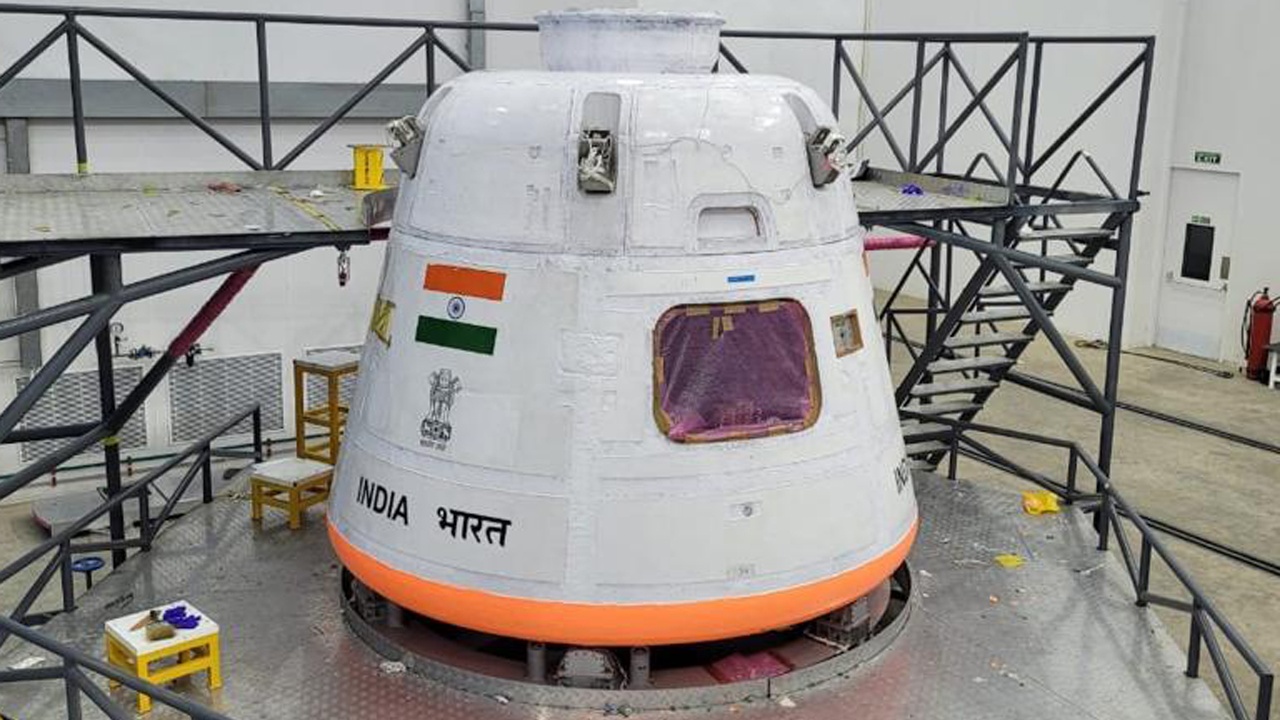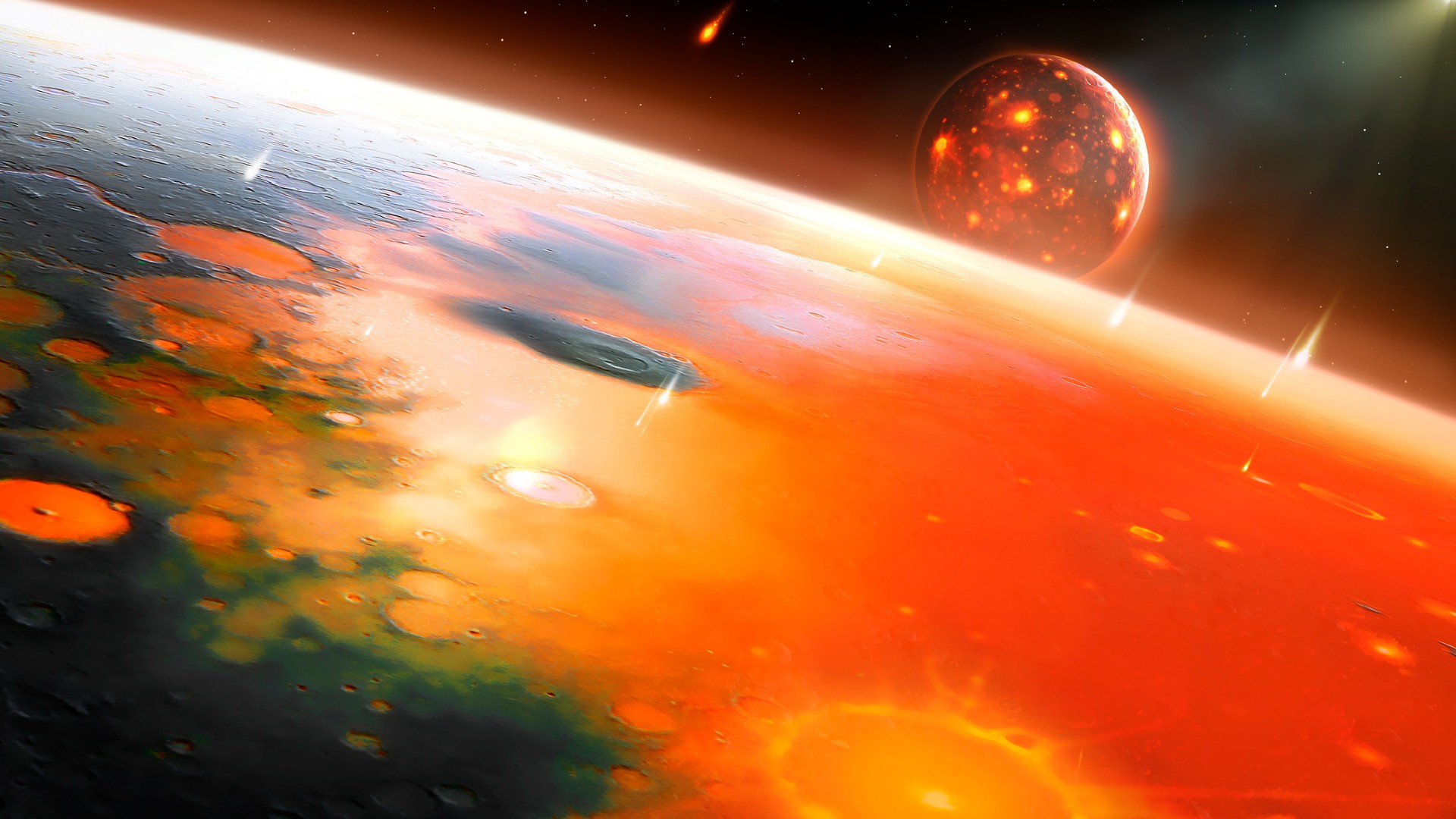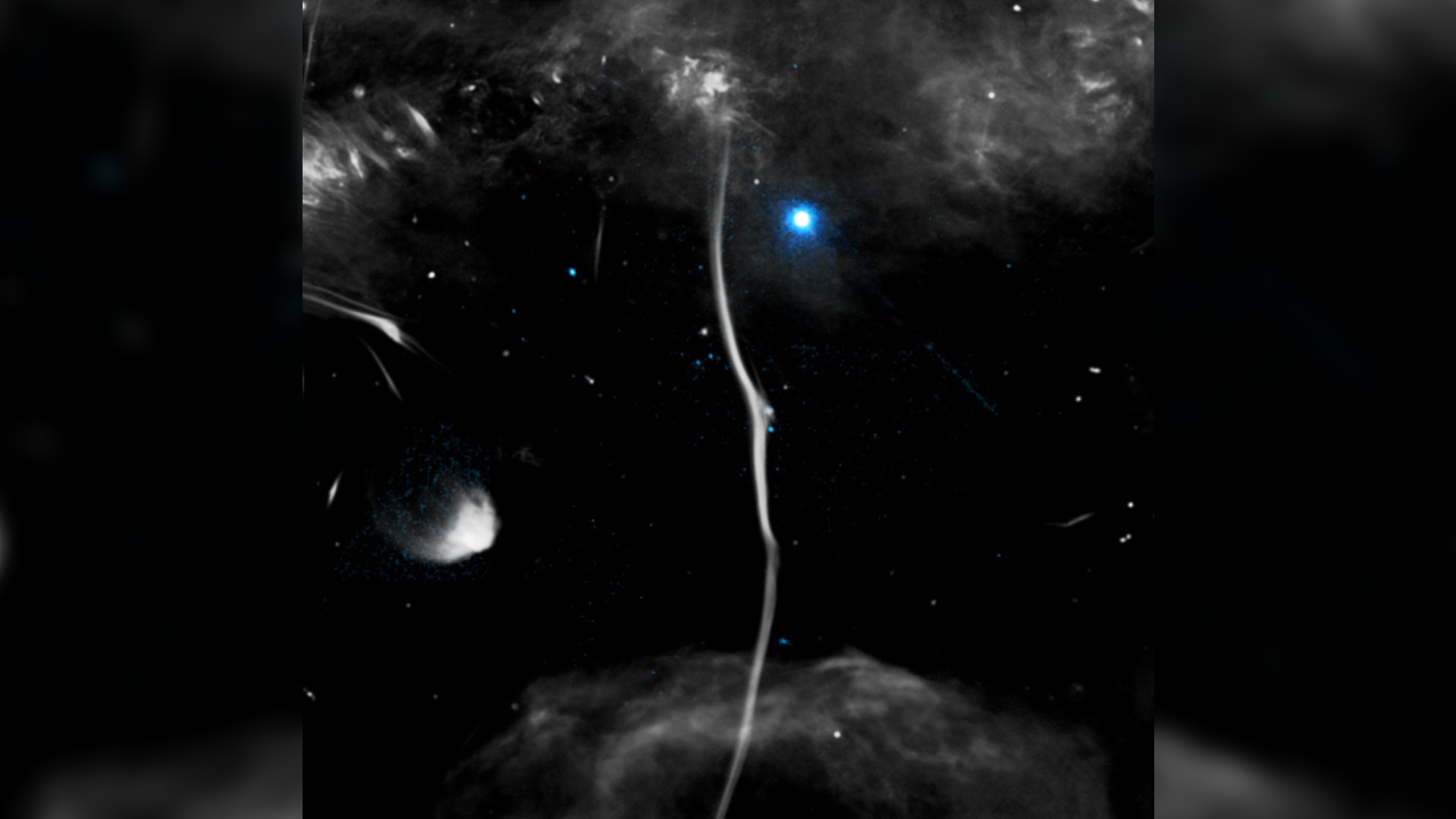Odd Chemical Found Common in Our Galaxy
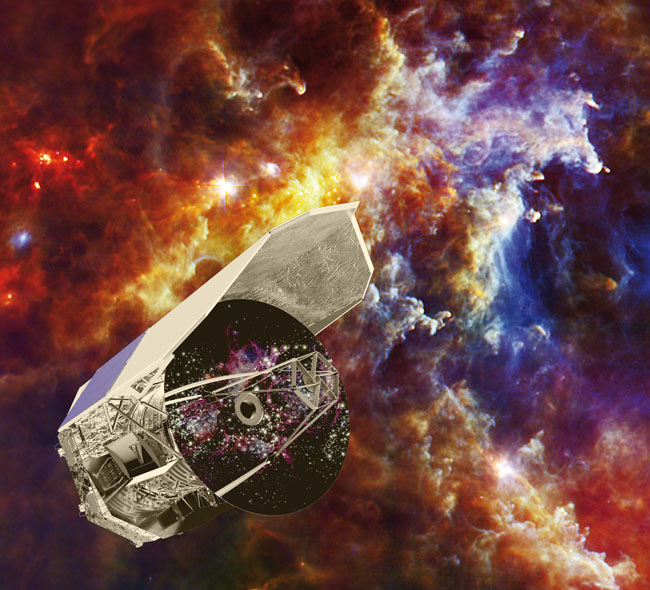
A peculiar chemical compound has been found to be ubiquitousin interstellar gas clouds throughout our Milky Way galaxy and may give scientistsa better way to track hydrogen across the universe.
The compound, called hydrogen fluoride, was detected by theEuropean-built Herschelinfrared space observatory. It is a mix of the elements hydrogen and fluorineand could serve as a signpost for astronomers trying to track hydrogen cachesin the cosmos, researchers said.
"Hydrogen fluoride may be a more robust tracer ofhidden molecular hydrogen than any other molecule used at present," said studyteam member Edwin Bergin of the University of Michigan in Ann Arbor, Mich.
This is because hydrogen fluoride molecules can be found ininterstellar gas clouds of all sizes, and not just the largest ones. Hydrogenfluoride can sometimes be found on Earth too as a pale yellow gas attached toash belched by erupting volcanoes, according to the United States GeologicalSurvey.
Hot hydrogen fluoride was first detected in space by ESA'sInfrared Space Observatory in 1997.
But the Herschel observatory's latest finding is the firstdetection of cold hydrogen fluoride and shows that almost all fluorine in cloudsof hydrogen molecules is transformed into the hydrogen fluoride molecularcompound, researchers said.
This confirms a prediction made by the observing team fiveyears ago, and also presents astronomers with a new way to trace hydrogen inthe Milky Way.
Get the Space.com Newsletter
Breaking space news, the latest updates on rocket launches, skywatching events and more!
Hydrogen, the most abundant element in the universe, makesup three-quarters of the universe's regular matter. But at low temperatures, likethose found in star-formingclouds, hydrogen tends to pair up into molecules that do not readily emitradiation, meaning the molecules cannot be detected by astronomers' telescopes.
Traditionally, scientists have looked for hydrogen by firstsearching for carbonmonoxide, which does emit radiation at extremely low temperatures.
However, this method of detection is imperfect becausecarbon monoxide does not form directly from hydrogen - intermediate steps arerequired to create other molecules first. Fluorine's highly reactive naturemakes it attack the surrounding hydrogen and create the hydrogen fluoridecompound in a single step, researchers said.
Herschel's hydrogen fluoride discovery in the Milky Way isone of several findings by the space telescope announced by the European SpaceAgency last week.
- Images:An Infrared View of the Cosmos
- Top 10Star Mysteries
- Birthof 'Impossible' Star Seen by European Space Telescope
Join our Space Forums to keep talking space on the latest missions, night sky and more! And if you have a news tip, correction or comment, let us know at: community@space.com.

Space.com is the premier source of space exploration, innovation and astronomy news, chronicling (and celebrating) humanity's ongoing expansion across the final frontier. Originally founded in 1999, Space.com is, and always has been, the passion of writers and editors who are space fans and also trained journalists. Our current news team consists of Editor-in-Chief Tariq Malik; Editor Hanneke Weitering, Senior Space Writer Mike Wall; Senior Writer Meghan Bartels; Senior Writer Chelsea Gohd, Senior Writer Tereza Pultarova and Staff Writer Alexander Cox, focusing on e-commerce. Senior Producer Steve Spaleta oversees our space videos, with Diana Whitcroft as our Social Media Editor.

